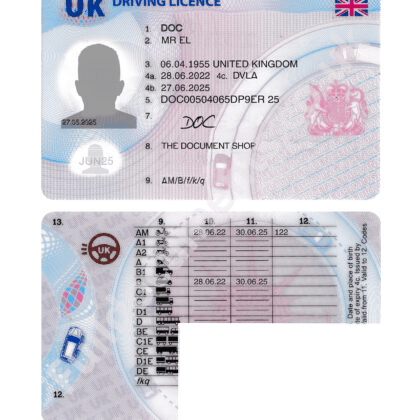4a li ser Lîsansa Ajotinê ya Keyaniya Yekbûyî çi ye?

If you’ve ever looked closely at your Lîsansa ajotinê ya Keyaniya Yekbûyî, you may have noticed various numbered fields. One of the most common questions is: “What is 4a on a UK driving licence?” Let’s break it down clearly and simply.
What Does 4a on a UK Driving Licence Mean?
The field "4a" on a UK destûra ajotinê represents the issue date of the licence. It tells you when the driving licence was first issued by the DVLA (Driver and Vehicle Licensing Agency).
For example, if 4a says:
04.08.2020, that means your driving licence was officially issued on 4th August 2020.
Why is 4a Important?
Knowing the date in field 4a is important because:
- It helps you track when your licence was issued
- It’s useful when applying for renewals, car insurance, or driving jobs
- It can affect how long your licence is valid (especially if you’re over 70)
- It may be checked during ID verification processes
Difference Between 4a and 4b
- 4a: Ew issue date of the licence
- 4b: Ew expiry date of the licence
So, make sure not to confuse the two. 4a shows when it started; 4b shows when it ends.
Additional Tip:
Your UK photocard driving licence usually needs to be renewed every 10 years, even if you haven’t changed address or vehicle. Always check 4b to avoid driving with an expired licence.
Conclusion: What is 4a on UK Driving Licence?
To sum up, 4a on a UK driving licence is the date your licence was officially issued by the DVLA. It’s an important detail that reflects when your current licence started and is used in several administrative and legal situations.
Always double-check your licence details, especially if you’re booking a driving test, applying for car insurance, or planning to renew your photocard.
